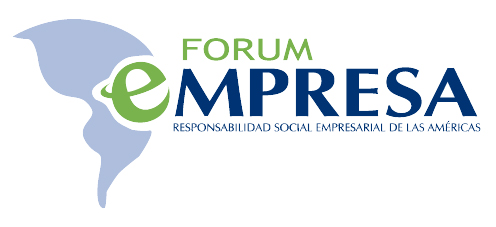How to Unleash a Sustainability Revolution in Your Company July 2014
When we hear about the sustainability innovations that companies are embarking on, we may wonder how did it happen? What did they do to unleash the creativity of their employees? According to a recent MIT Sloan Management Review article, the CSR manager has a key role in helping employees gain social and environmental intelligence and translating the gathered intelligence into some business insights and innovations.
How can the CSR manager help incubate sustainability projects that benefit the stakeholders and the company? The article points to four processes that the CSR manager can follow.
1)Relate
Relate is a process through which employees gather social and environmental intelligence. The CSR manager can have an active role here and guide employees through experiences that help them accumulate this type of intelligence.
MillerCoors does this very well. In September of 2013, the company kicked off the largest annual volunteer event to protect beer’s most important ingredient: water. September now is called the great water month. This is when thousand of MillerCoors employees participate in projects across the country to protect water sources and promote water stewardship. Employees have repaired numerous riverbeds, cleaned up coastlines and removed trash from several beaches.
2)Translate
Once employees gather social and environmental intelligence, the next step is to help them apply the accumulated knowledge to their everyday tasks. The CSR manager needs to understand the world of finance, operations procurement, Human Resources, etc., and how sustainability can fit into the person’s job, so he can advice different courses of action. The CSR manager cannot operate in a silo, because he runs the risk of being seen as redundant.
A few years ago, the CSR manager at Petro-Canada noticed that some employees had acquired social and environmental intelligence already, but they were operating in silos and they didn’t know how to take the company to a further level of CSR development. She partnered with the Environment, Safety and Health department, in order to seek projects that would require a coordinated effort. They met people from all over the company and learned about each department’s goals and objectives. They identified three key CSR projects aimed at augmenting reputation, engaging with aborigines groups and updating a total loss management system. As a result of working with the different departments, the CSR manager was able to recommend a CSR management structure and a more integrated approach to citizenship.
3)Incubate
The CSR manager needs to make sure the social and environmental intelligence gets applied. He needs to find an area to incubate the innovation, like the CSR manager’s office, a conference room, or shared company space. The task here is to help the line person define and secure the resources needed.
An example of incubation is the Spanish Bank BBVA where managers are encouraged to share examples of social and environmental intelligence through inspirational workshops. Participants are then encouraged to innovate and develop their own CSR initiative.
4)Acculturate
This is the end process used to integrate CSR into the culture of the company and the business processes. The CSR manager can help by creating shared value for each department of the company and society, thus embedding CSR into the company’s DNA.
Acculturation is very new and it encompasses changing the business processes. At this stage people need to be brought under a unified company strategy that includes CSR, like the triple bottom line, so they can begin to examine their own department business processes and develop new goals that include CSR. Very few companies are doing this in the world., because it requires a huge commitment with CSR and takes years to implement.













